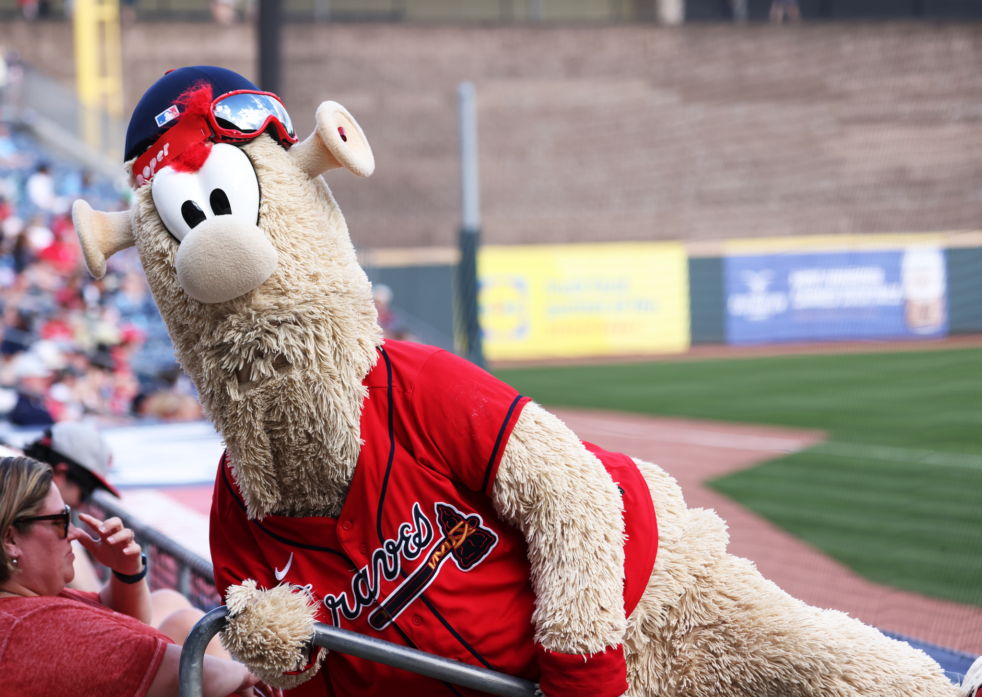In case you haven’t heard, baseball will not be returning on the originally scheduled Opening Day for the second time in three years. On Dec. 2, the Major League Baseball Players Association (MLBPA) and MLB’s collective bargaining agreement (CBA) expired, forcing a lockout that, without a new CBA, would result in no baseball until resolved. Three months later, there was still no agreement, and reports from meetings showed that both sides are incredibly far apart on core issues. It was a completely unnecessary situation caused by owner greed and feeble attempts to get close to what the players union sees to be a fair deal. Finally, on March 10, the players and owners came to an agreement to enable the full schedule to still be played. The lockout lasted 99 days.
Why did the lockout happen? For one, revenues have grown over the last decade in baseball, but on average, player salaries have decreased. Player mobility compared to the other four main American sports leagues us far less player friendly than baseball and has even resulted in MLB ready players being held back from playing big league games, notably including Ronald Acuña Jr. for Atlanta in 2018, just so teams could exert more control over their youngest players, and not pay them their market worth despite often being the most talented on their teams. For the players, continuing with the same terms the previous CBA had was not an acceptable way forward.
The main negotiating points were over how to properly compensate both the young players while expanding the money available for players to better match the revenue dollars teams had been seeing. This meant talks about the Competitive Balance Tax (CBT) threshold and penalty tiers, the minimum salary, and the pre-arbitration bonus pool.
The players sought increases in all of these, which would mean current players would be eligible for more money in new contracts, and players under rookie contracts would have more money available to them if they were of the league’s best.
Because negotiations took so long, Spring Training only officially began on March 14, and the first regular season games will not take place until April 7. The league did not come forward with a proposal to the MLBPA until Jan. 13, six weeks after the lockout was instigated. Talking points on the multiple economic issues that existed were many,
The next two months, multiple rounds of bargaining and negotiating occurred, often resulting in little progress and finger pointing coming from both the Union and league. Multiple deadlines were set by the league and promptly passed. The deal struck in the late afternoon on March 10 was just about as late as a deal could get done without the real cancellation of games, despite MLB saying the first two series would be canceled earlier in negotiations.
What resulted was a deal which included multiple aspects that both sides sought. The CBT threshold will be $230 million for 2023, climbing annually to $244 million at the end of the five-year deal. The pre-arbitration pool is $50 million. The minimum salary goes from $570,500 to $700,000, and will also grow every year up to $780,000 at the end of this CBA. The amateur draft now is 20 rounds long and includes a draft lottery for the first six picks.
The playoffs will be expanded to 12 teams from the current 10 team format, making only half of the playoff participants division champions. The designated hitter position, only used at American League stadiums since its introduction to major league games in 1973, of which Atlantan Ron Blomberg was the first ever in MLB, will now be used by all 30 teams in every game. It will be the first full length season the National League will implement the designated hitter.
Extra innings return to pure baseball with no ghost runner starting at second base. Reports have said this may be revisited and reverted back, though.
A notable negotiating point that was tabled for later was the implementation of an international draft. Up until this point, international players were signed directly to teams that had interest in them and were not part of a draft pool like U.S. based players.
